Art and music psychotherapy offers a unique, creative approach to mental health treatment, utilizing non-verbal forms of expression like painting, drawing, sculpting, and music. These methods help individuals explore and understand their emotions, process trauma, manage stress, and enhance self-awareness. Adaptable to diverse populations, this approach encourages self-discovery and provides alternative means of processing complex feelings, making it a valuable resource for innovative mental health support. Incorporating art and music into therapy sessions enriches the therapeutic process, benefiting those seeking to improve their mental health.
Art and music psychotherapy is a unique, innovative approach to mental health that harnesses the power of creative expression. By exploring artistic mediums, individuals can communicate complex emotions, process trauma, and find solace. This article delves into the transformative potential of art and music therapy, examining its techniques, benefits for mental well-being, and real-life applications. We also discuss integrating these therapies with traditional practices and their promising future in enhancing mental healthcare.
Understanding Art and Music Psychotherapy: A Unique Approach to Mental Health

Art and music psychotherapy offers a unique and creative approach to mental health treatment, utilizing non-verbal forms of expression to help individuals explore and understand their emotions and experiences. This therapeutic method acknowledges that art and music can serve as powerful tools for communication, allowing clients to express themselves in ways that might be challenging using only words. By engaging in artistic processes, patients can gain insights into their psychological states, process traumatic events, manage stress, and enhance self-awareness.
The beauty of art and music psychotherapy lies in its adaptability. It caters to diverse populations, including children and adults, and can be tailored to individual needs. Through painting, drawing, sculpting, or listening/creating music, participants actively participate in their healing process. This approach encourages self-discovery, fosters emotional release, and provides an alternative means of accessing and processing complex feelings. As a result, it becomes a valuable resource for those seeking innovative mental health support.
The Power of Expression: How Art and Music Can Communicate Feelings
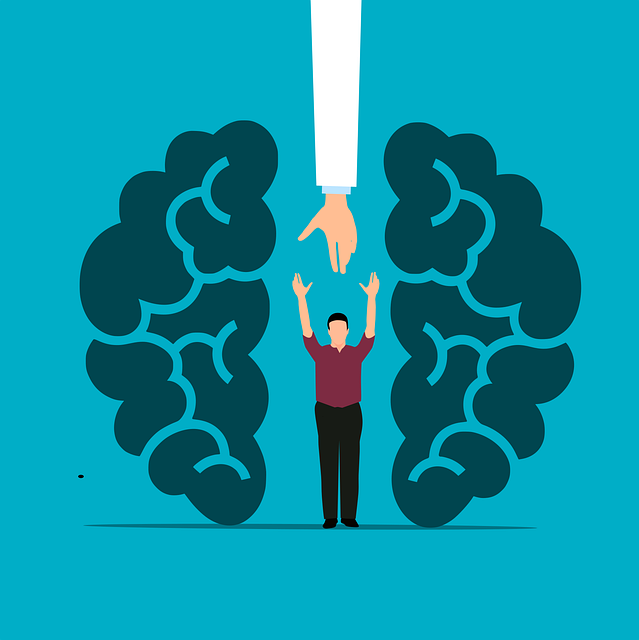
Art and music have long been recognized as powerful mediums for self-expression, offering a unique way to communicate feelings and emotions that may be difficult to articulate verbally. In the realm of mental health psychotherapy, this creative expression takes on added significance. When words fail, picking up a paintbrush or an instrument can provide individuals with a means to explore and convey their inner world, helping therapists understand their clients’ experiences and progress in treatment.
Both art and music allow for non-verbal communication, enabling people to access and express parts of themselves they may not be aware of or feel comfortable discussing directly. This process can facilitate emotional release, enhance self-awareness, and provide a safe outlet for creativity. For example, painting abstract scenes might help someone visualize and release complex feelings, while composing a melody could offer a therapeutic outlet for processing traumatic memories. Thus, incorporating these creative modalities into psychotherapy sessions enriches the therapeutic process, making it more accessible and impactful for those seeking to improve their mental health.
Techniques Used in Art and Music Therapy Sessions
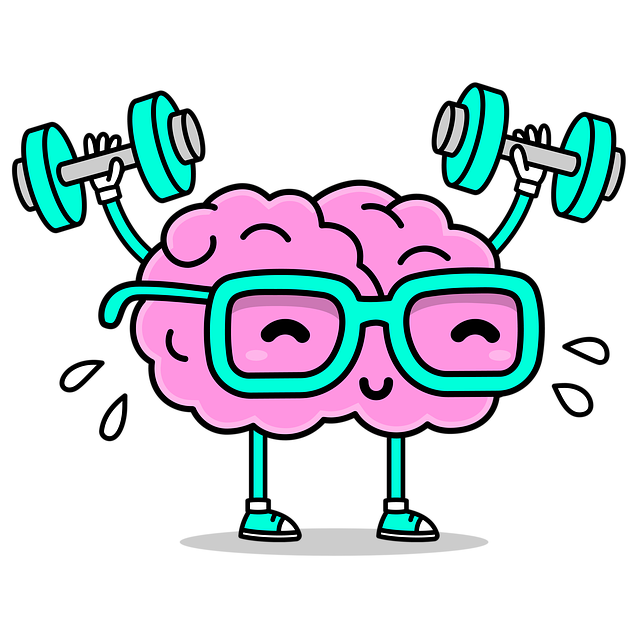
In art and music therapy sessions, a diverse range of creative techniques are employed to address various aspects of mental health and well-being. These non-verbal forms of expression allow clients to explore emotions, thoughts, and experiences that may be difficult to articulate verbally. Art therapists might use painting, drawing, sculpture, or collage to help individuals visualize and process their internal states, while music therapists leverage listening, creating, and performing music as therapeutic tools.
During sessions, clients are encouraged to engage in free expression without judgment, fostering a safe space for exploration. Techniques such as guided imagery, movement, and rhythm exercises in music therapy can activate different parts of the brain, facilitating emotional release and cognitive integration. Similarly, art-making activities may incorporate storytelling or symbolization, enabling individuals to externalize and make sense of their inner struggles, thereby enhancing self-awareness and promoting mental health psychotherapy benefits.
Benefits for Mental Health: Relieving Stress, Anxiety, and Depression
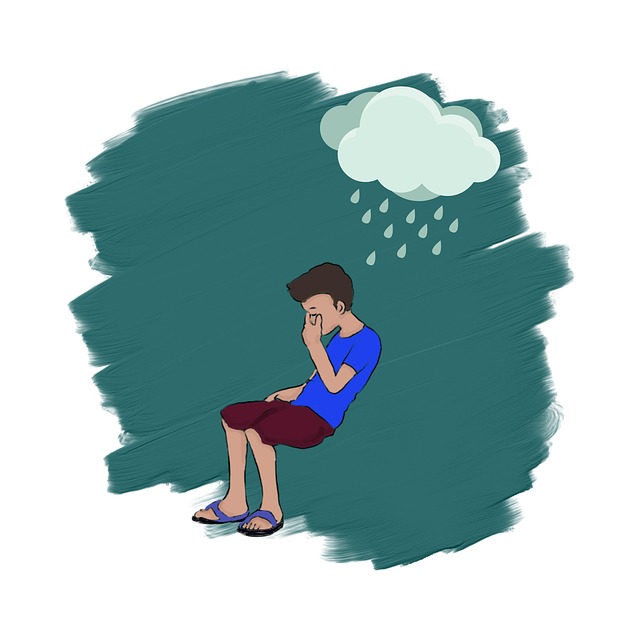
Art and music psychotherapy offers a unique and powerful approach to improving mental health, with a focus on relieving stress, anxiety, and depression. These therapeutic modalities provide individuals with creative outlets that can help them express emotions, gain new perspectives, and develop coping strategies in a non-verbal way. By engaging in art or music creation, clients can explore their inner worlds, process traumatic experiences, and cultivate a sense of calm and well-being.
The benefits are profound, as these creative processes can reduce symptoms of mental health disorders, promote relaxation, and enhance overall emotional resilience. Art and music psychotherapy allows people to connect with their innermost feelings, fostering self-awareness and personal growth. This form of expression can be particularly effective for those who find it challenging to articulate their emotions verbally, offering an alternative pathway to healing and recovery in the context of mental health psychotherapy.
Case Studies: Real-Life Success Stories of Art and Music Psychotherapy
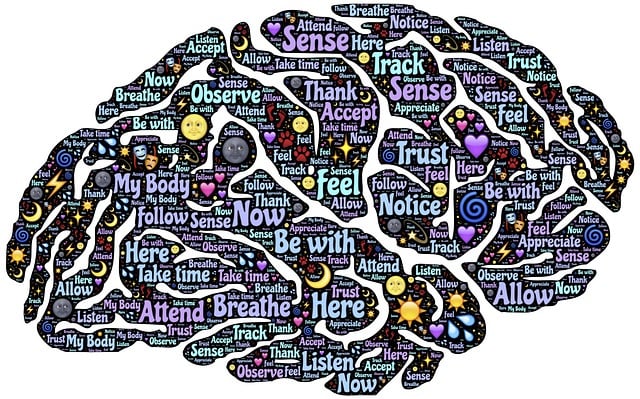
Art and music psychotherapy has proven to be a powerful tool in various case studies, showcasing its effectiveness in improving mental health and well-being. These therapeutic approaches offer unique ways for individuals to express themselves, process emotions, and cope with challenges. One successful case involves a young adult struggling with anxiety and depression who engaged in art therapy sessions. Through creative expression, they were able to convey their inner turmoil and gradually release tension, leading to improved mood and reduced anxiety symptoms over time.
Music psychotherapy has also yielded positive outcomes, particularly for individuals dealing with traumatic experiences or post-traumatic stress disorder (PTSD). In a case study, a war veteran, suffering from PTSD and social isolation, participated in music therapy sessions. By playing and composing music, he reprocessed traumatic memories, found a sense of connection to others through shared musical experiences, and developed coping strategies to manage his symptoms. These real-life success stories illustrate the profound impact that art and music psychotherapy can have on enhancing mental health and transforming lives.
Integrating Art and Music into Traditional Psychotherapy Practices
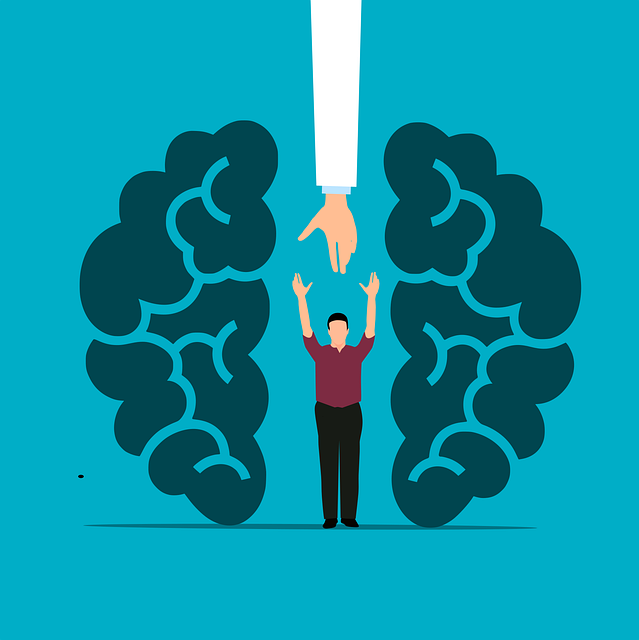
Integrating art and music into traditional psychotherapy practices offers a unique and innovative approach to enhancing mental health treatment. These creative modalities provide clients with alternative ways to express themselves, often reaching aspects of their psyche that conventional talk therapy might miss. Art and music therapy sessions can be tailored to individual needs, allowing for a more personalized experience. For example, painting or drawing may help individuals visualize and process complex emotions, while musical composition or singing can facilitate the release of pent-up feelings.
By incorporating these creative outlets, mental health psychotherapy becomes more engaging and accessible. It caters to diverse learning styles and cognitive processes, ensuring that clients can actively participate in their healing journey. Moreover, art and music therapy sessions encourage non-verbal communication, which is particularly beneficial for those who find it challenging to articulate their thoughts and emotions verbally. This holistic integration has been shown to improve treatment outcomes, foster self-discovery, and enhance overall well-being.
Future Prospects: The Evolving Role of Creative Arts in Mental Healthcare
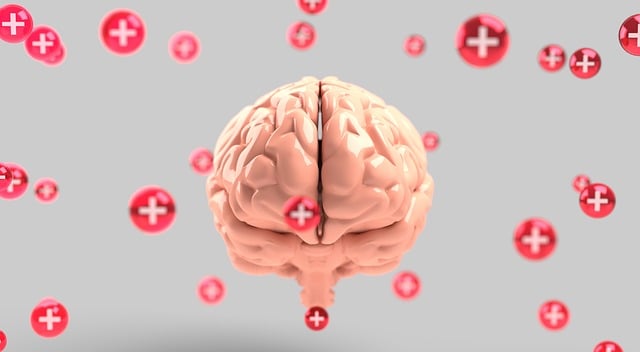
The creative arts, including painting, music, and dance, have long been recognized as therapeutic tools to support mental well-being. However, their role in mental health psychotherapy is set to become even more prominent in the future. As society continues to appreciate the value of expressive therapies, there is an increasing body of research highlighting their effectiveness in treating various mental health disorders. This shift towards integrating creative arts into mainstream mental healthcare offers exciting prospects for individuals seeking alternative or complementary treatment options.
The evolving landscape suggests a future where art and music psychotherapy are seamlessly incorporated into traditional therapeutic settings. This integration could enhance the accessibility and diversity of mental health services, catering to a broader range of patient needs and preferences. By embracing these creative approaches, mental healthcare professionals can foster a deeper connection between patients and their emotions, encourage self-expression, and promote healing through the power of art and music.
